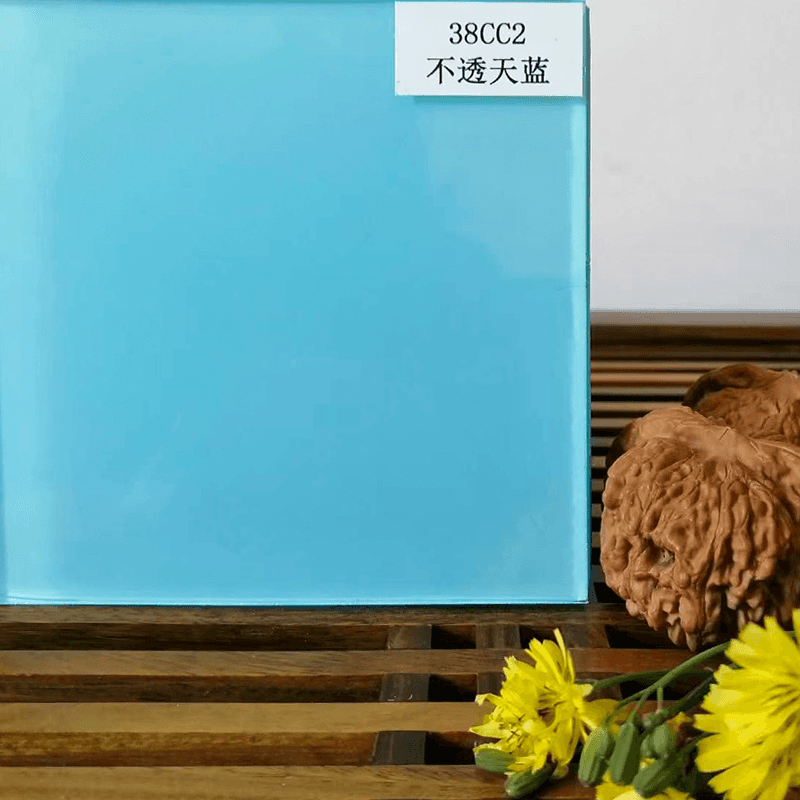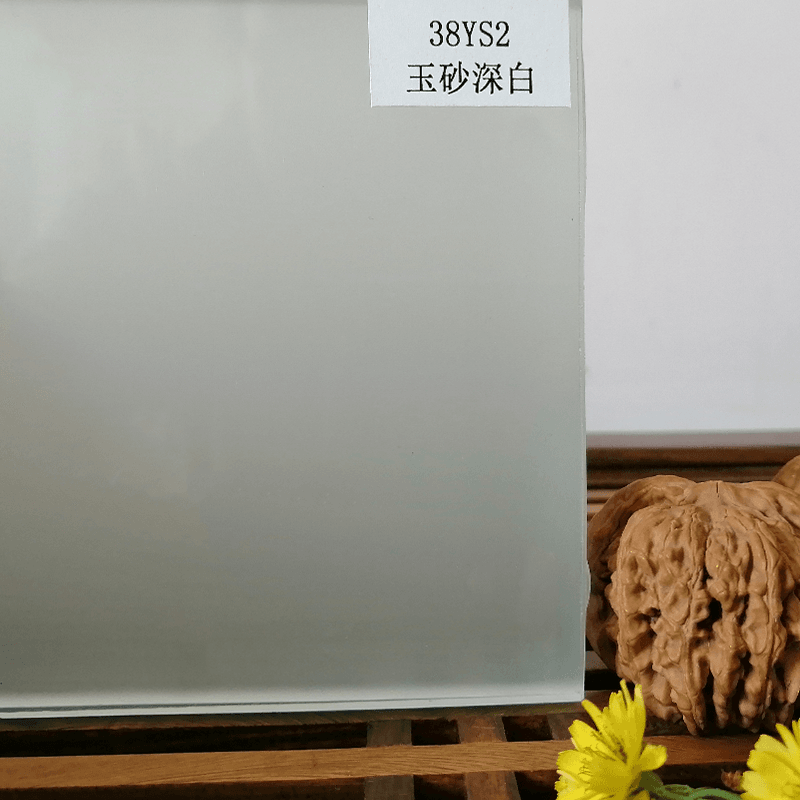language
EVA (Ethylene-Vinyl Acetate) film is a versatile material widely used in various industries due to its excellent flexibility, transparency, and adhesive properties. Whether you’re involved in solar panel manufacturing, packaging, or lamination, understanding EVA film can help you make informed decisions for your projects.
This guide covers everything you need to know about EVA film, including its key properties, applications, benefits, and how to choose the right type for your needs.
What Is EVA Film?
EVA film is a thermoplastic polymer made from ethylene and vinyl acetate. The percentage of vinyl acetate determines the film’s flexibility, clarity, and adhesion strength. Typically, EVA films contain between 5% to 40% vinyl acetate, making them suitable for different industrial uses.
Key Properties of EVA Film
| Property | Description |
| Flexibility | Highly flexible, making it ideal for applications requiring bendability. |
| Transparency | Offers excellent optical clarity, useful in solar panels and packaging. |
| Adhesion | Bonds well with various substrates like glass, metal, and plastics. |
| Durability | Resistant to UV radiation, moisture, and chemicals. |
| Thermal Stability | Maintains performance in a wide temperature range (-40°C to 80°C). |
These properties make EVA film a preferred choice in industries where durability and performance are critical.
Applications of EVA Film
EVA film is used in numerous industries due to its adaptability. Below are some of the most common applications:
1. Solar Panel Encapsulation
EVA film is a key component in photovoltaic (PV) modules. It encapsulates solar cells, protecting them from environmental factors while ensuring optimal light transmission.
2. Packaging
Due to its clarity and flexibility, EVA film is used in food packaging, medical packaging, and protective wraps. It provides a moisture barrier and enhances shelf life.
3. Lamination
EVA films are used in book covers, ID cards, and decorative surfaces due to their strong adhesive properties and resistance to wear.
4. Footwear and Textiles
EVA foam films are used in shoe insoles, sports equipment, and padded textiles because of their cushioning effect.
5. Automotive Interiors
EVA films are applied in dashboards, door panels, and insulation layers due to their noise-dampening and vibration-resistant qualities.
Benefits of Using EVA Film
- Lightweight & Flexible – Easy to handle and mold into different shapes.
- High Clarity – Ideal for applications requiring transparency.
- Strong Adhesion – Bonds securely without additional adhesives in some cases.
- Weather Resistance – Performs well under extreme temperatures and UV exposure.
- Cost-Effective – Provides a balance between performance and affordability.

How to Choose the Right EVA Film
Selecting the right EVA film depends on your specific requirements. Here’s a comparison table to help you decide:
| Factor | Consideration |
| Vinyl Acetate Content | Higher VA content increases flexibility and adhesion but may reduce rigidity. |
| Thickness | Thicker films offer better durability; thinner films are more flexible. |
| Transparency | Critical for solar panels and packaging; opt for high-clarity grades. |
| UV Resistance | Essential for outdoor applications like solar panels. |
| Thermal Properties | Check the operating temperature range for your application. |
Common Mistakes to Avoid
- Ignoring Environmental Conditions – If used outdoors, ensure UV and moisture resistance.
- Choosing the Wrong Thickness – Too thin may lack durability; too thick may reduce flexibility.
- Overlooking Adhesion Requirements – Some applications need self-adhesive films, while others require additional bonding agents.
Future Trends in EVA Film Technology
As industries evolve, EVA film continues to improve. Some emerging trends include:
- Enhanced UV Resistance – For longer-lasting solar panels.
- Biodegradable EVA Films – Eco-friendly alternatives for sustainable packaging.
- Improved Thermal Conductivity – Better heat dissipation in electronic applications.
These advancements ensure EVA film remains a vital material across multiple sectors.
Conclusion
EVA film is a highly adaptable material with applications ranging from solar energy to packaging. Its flexibility, durability, and adhesive properties make it indispensable in many industries. By understanding its properties and selecting the right type, you can optimize performance for your specific needs.
Whether you’re a manufacturer, engineer, or designer, EVA film offers a reliable solution for various challenges. Stay informed about new developments to leverage its full potential in your projects.





